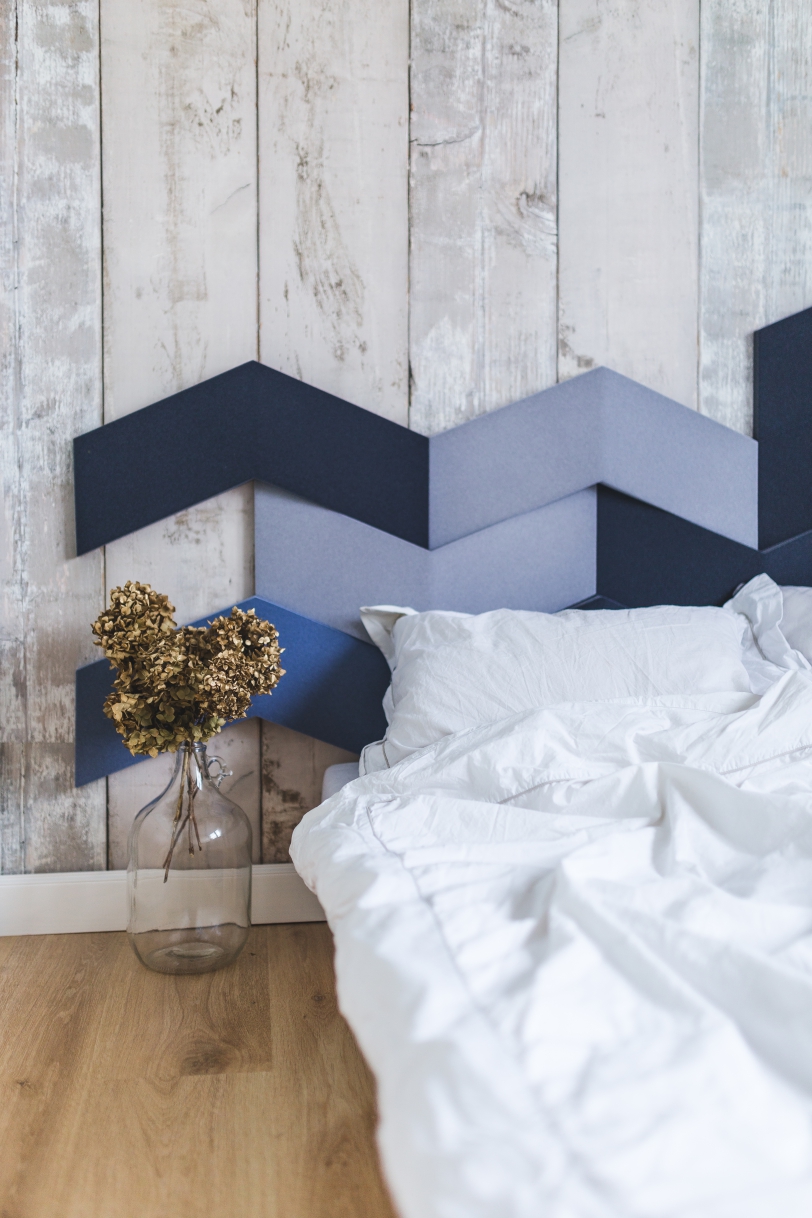Ever since Juhea gave the NuFACE a whirl and experienced great results, I’ve had microcurrent facials and at-home devices (like the NuFACE) on my radar. With some positing that in-office microcurrent facials will eventually replace botox as a less invasive procedure with more natural-looking results, this trend may be here to stay.
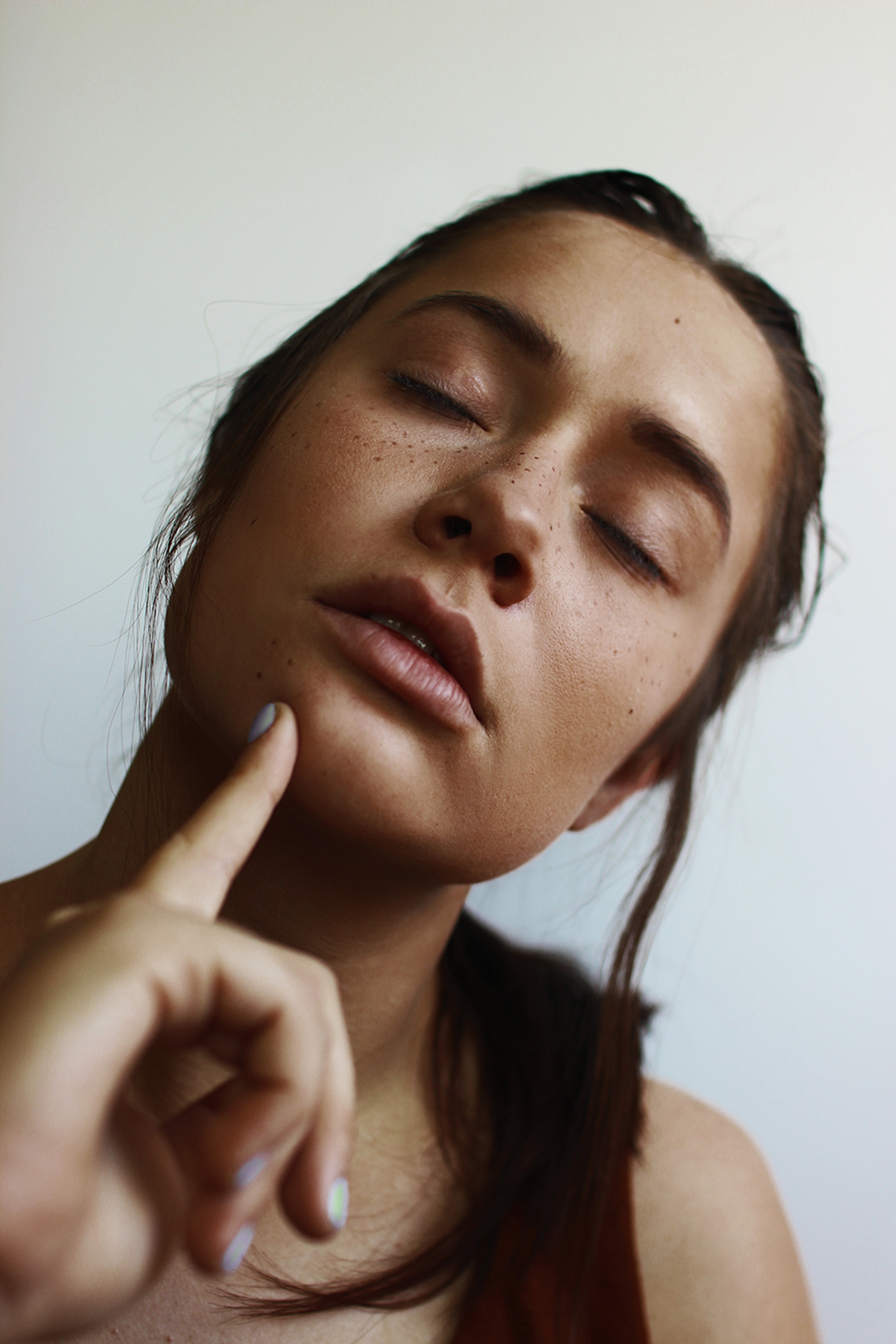
Using two nodes, emitting positive and negative currents, a microcurrent device aims to stimulate the facial muscles and the production of ATP (Adenosine triphosphate) to boost the production of collagen and elastin while giving the muscles, and therefore the face, a toned, lifted appearance. Research on the effectiveness of microcurrent technology is still underway, so it’s understandable that some medical professionals may speak only to thoroughly evaluated skin-overhauling treatments (like lasers, etc.).
The growing popularity of both in-office microcurrent procedures and at-home devices, however, suggests that something is really working. Users report immediate—though subtle and possibly fleeting—results (like a quick lift and sense of firmness) as well as more long-term, long-lasting results (including lifted hairline, lifted brow, reduced nasolabial depression, and a generally more sculpted appearance.)
There’s also been a bit of buzz about microcurrent technology’s additional potential benefits—including fighting acne!
Melanie Simon, founder of ZIIP Beauty (an at-home microcurrent device), told Into the Gloss, “Bacteria puts off a positive charge, so a negative current kills all of that. Sometimes it will physically pull out the bacteria—like, a blackhead may come out of your face.”
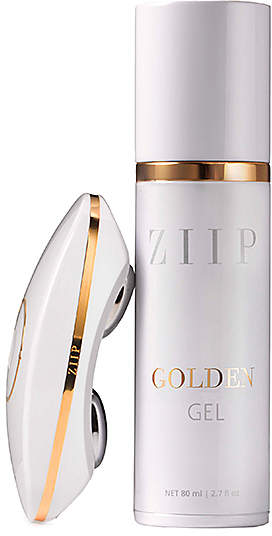
If that sounds a bit out there, you’re not the only one raising your eyebrow. As one person in the comments put it, “I’m not 100% on the blackhead malarky…” Indeed. Yet while Simon’s statement may be an oversimplification of, um, escaping blackheads, it does raise an interesting question—can microcurrent facials and at-home devices play a role in combating acne and congested skin?
First, I’m not sure if bacteria puts off a positive charge—it would appear that a bacteria cell wall is actually negatively charged (but I’m definitely not a biology expert!). In short, I don’t believe we can claim that microcurrents will zap acne bacteria…but who knows! There may be a more indirect way that a microcurrent facial can help with congested skin, however.
The notion that microcurrent technology may treat swelling and acute inflammation is promising, a 2003 study indicates. By reducing immune suppression caused by inflammatory elements (UV and chemical exposure, in the case of the study), microcurrents may have a fascinating a role to play in immune function (of which reduction of inflammation and swelling is a part). Unfortunately, this experiment has yet to be repeated, but it helps shed light on why microcurrent facials seem to have a side effect of calming acne outbursts (a form of acute inflammation) for some patients and users.
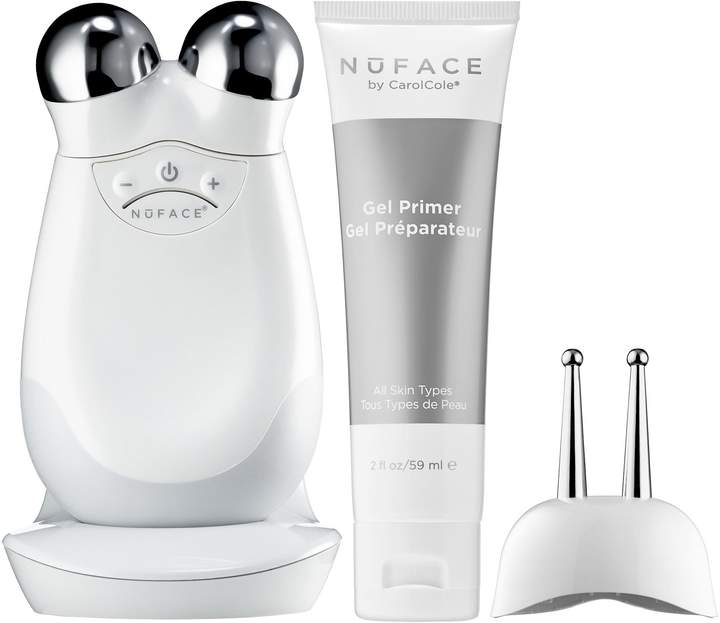
Speaking from personal experience (and offering my own anecdotal evidence, for what it’s worth!), anything that I used (and that has actually worked) to improve the general health of my skin or combat fine lines (like AHAs, for example) has helped my breakouts, too. Perhaps NuFACE would be no different?
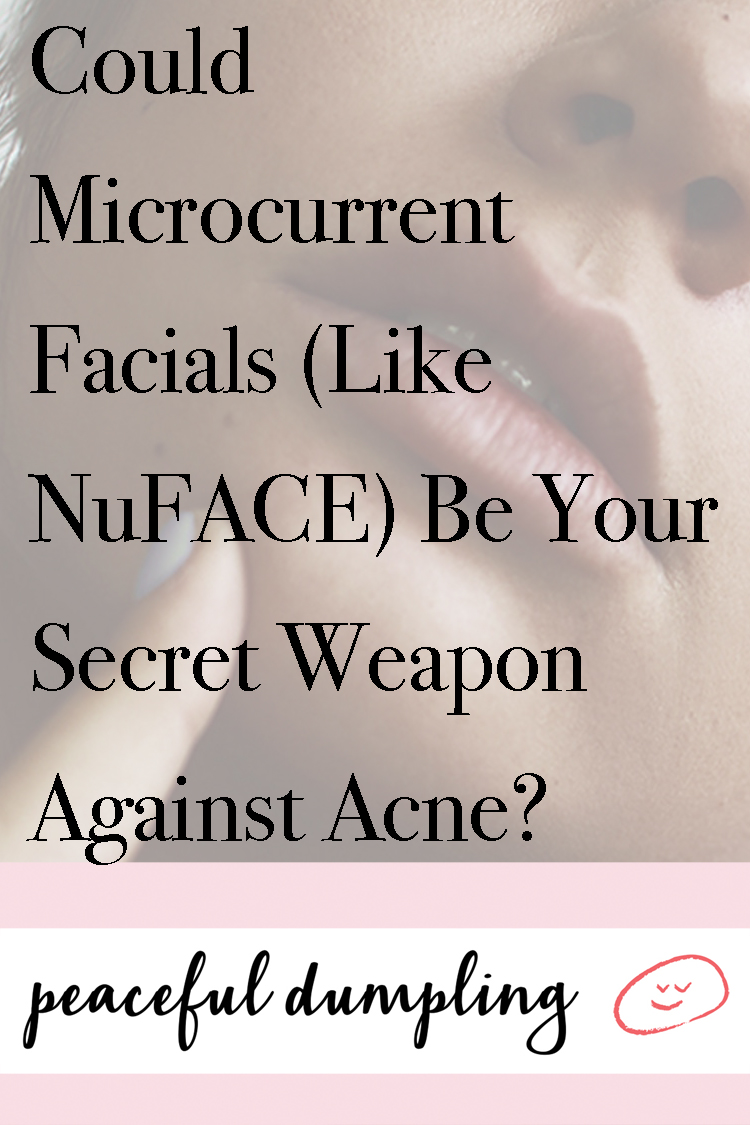
Have you gotten a microcurrent facial? Do you use a NuFACE or ZIIP? Has it helped with breakouts—or any other skin difficulties?
Related: I Overhauled My Lifestyle To Clear Acne–And Got Skin That Even Facialists Envy
Here’s A Non-Cray Cray Vegan Alternative To The Miranda Kerr Leech Facial
A-Listers Swear Gold Eye Masks Banish Darkness & Bags–How To DIY For Just $
Get more like this–sign up for our newsletter for exclusive inspirational content!
__
Photo: Joe Robles on Unsplash, Respective brands

